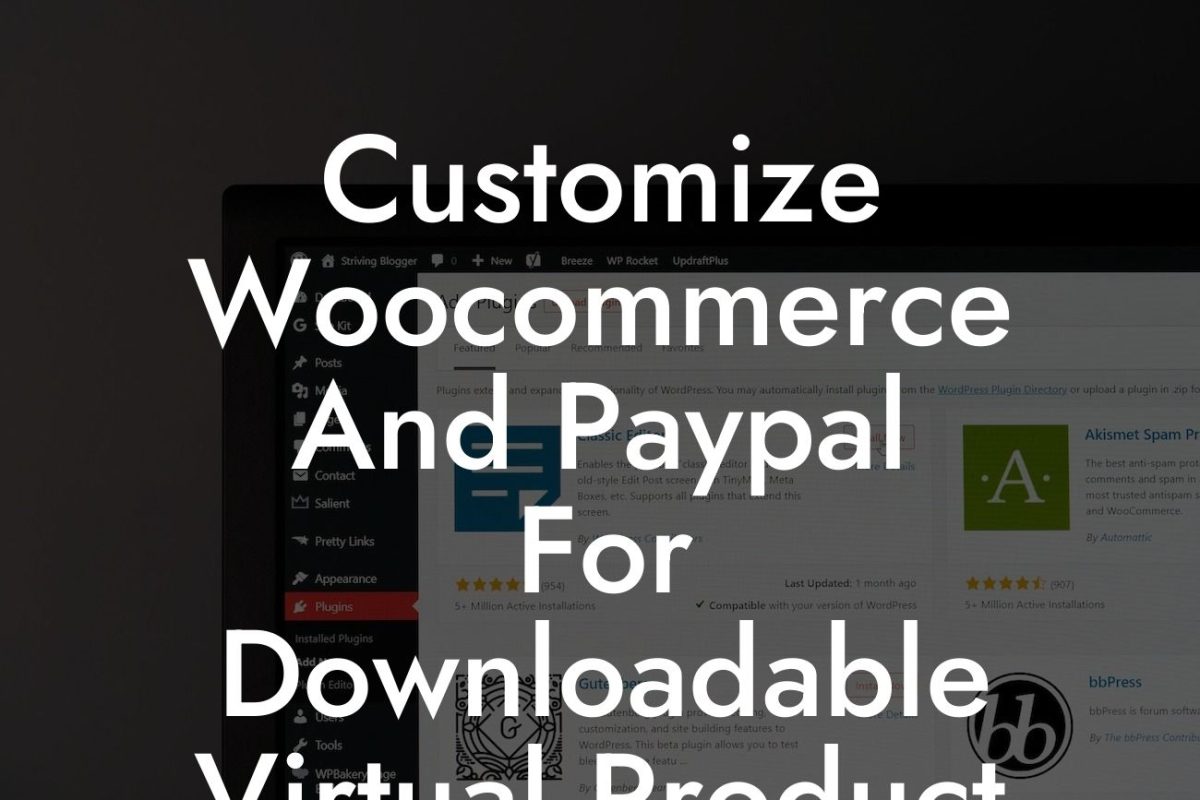Everyone wants their online store to stand out, but with so many businesses using WooCommerce, it can be difficult to create a unique shopping experience for your customers. Fear not! In this article, we will guide you through the process of customizing your WooCommerce shop page. With some simple tweaks and tricks, you can transform your shop page into a masterpiece. Get ready to elevate your online presence and boost your sales!
Customization is the key to setting your online store apart from the competition. With WooCommerce, you have the flexibility to modify every aspect of your shop page to fit your brand's aesthetic and user experience. Here's how you can do it:
1. Choosing the right theme: Selecting a theme that aligns with your brand's personality is crucial. Look for a WooCommerce-compatible theme that provides customization options for shop layouts, colors, and typography.
2. Installing and activating the WooCommerce plugin: If you haven't already, download and install the WooCommerce plugin from the WordPress repository. Activate it and follow the setup wizard to configure the basic settings.
3. Tweaking the shop page layout: WooCommerce offers several layout options for your shop page. Go to WooCommerce > Settings > Products > Display and customize the number of products per row, product sorting, and pagination.
Looking For a Custom QuickBook Integration?
4. Adding filters and sorting options: Enhance your customers' shopping experience by providing filters and sorting options. Plugins like WooCommerce Product Filter can help you add advanced filter options based on attributes, categories, or price ranges.
5. Showcasing featured products: Highlight your best-selling or new products by featuring them prominently on your shop page. Use eye-catching images and compelling descriptions to entice your customers to make a purchase.
6. Personalizing product pages: Customize your product pages with unique layouts, colors, and product descriptions. Use formatting options like H2 and H3 headings to organize the content and make it more engaging.
How To Customize Woocommerce Shop Page Example:
Let's consider a fictional example of an online store called "Elegant Designs." They sell handmade jewelry and want to customize their WooCommerce shop page to reflect their brand's elegance. By using a theme with a clean and minimalist design, they choose a layout that showcases three products per row. The shop page is further enhanced with filters for material type, price range, and popularity. They also feature their latest collection at the top, using high-quality images and persuasive descriptions. Each product page showcases intricate details and includes related products for easy cross-selling.
Congratulations! You are now equipped with the knowledge to customize your WooCommerce shop page and create a unique shopping experience for your customers. Remember, customization is the key to standing out in a sea of online stores. Explore other guides on DamnWoo to enhance your online presence further and supercharge your success. Don't forget to try one of our awesome WordPress plugins to elevate your business to the next level. Share this article with others who might find it helpful, and let us know your success stories. Happy customizing!













